The vast and sparsely populated Iberian Highlands became Rewilding Europe’s tenth rewilding landscape in 2022. Enabling wild nature to recover here could transform the outlook for local communities.
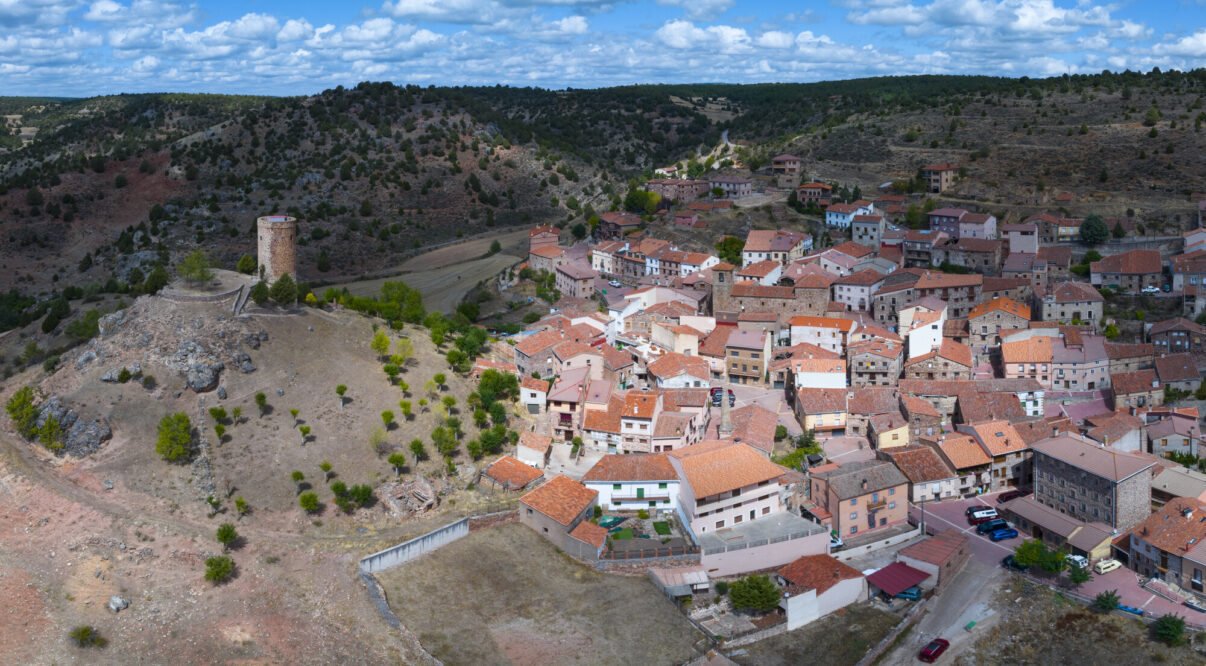
A biodiverse crossroads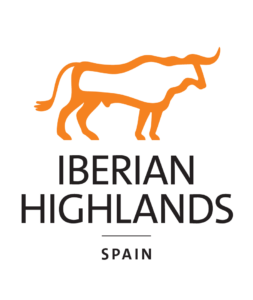
Located in the eastern Spanish provinces of Guadalajara, Cuenca and Teruel, the Iberian Highlands are part of a range of mountains known as the Iberian System (Sistema Ibérico). Following extensive preparations, they became Rewilding Europe’s tenth rewilding landscape in October 2022. Their inclusion in Rewilding Europe’s growing landscape portfolio represented a major milestone for our initiative, adding a further 850,000 hectares of land to help upscale European nature recovery efforts.
“The Iberian Highlands sit at a crossroads of competing climates and diverse habitats,” explains Rewilding Spain team leader Pablo Schapira. “These have become a sanctuary for a wide range of species, including thriving populations of raptors – such as the Bonelli’s eagle, Egyptian and griffon vulture, and peregrine falcon – as well as ungulates, such as the Iberian ibex, multiple deer species, wild boar and mouflon. But top predators, such as the Iberian lynx, Iberian wolf, and brown bear, are currently missing.”
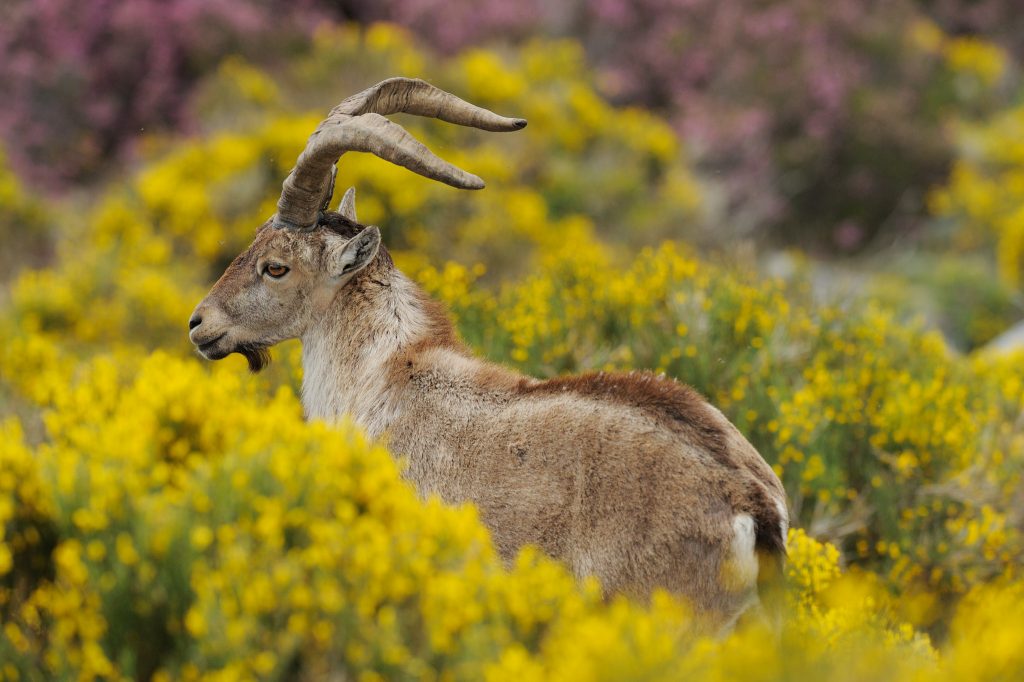
Socio-economic challenges
The huge rewilding potential of the Iberian Highlands isn’t simply a product of their relatively intact ecology. Today, the Iberian Chain and surrounding area have one of the lowest human population densities in Europe.
“Young people here don’t want jobs in farming or forestry, so they end up leaving for the city,” explains Basilio Rodríguez García, Rewilding Spain’s Enterprise Officer. “Many people have a negative view about the area and don’t see how things can be turned around – it’s a very entrenched narrative.”
The fact that land has been widely abandoned in the Iberian Highlands has allowed some wildlife species to make a comeback. But it has also caused ongoing problems. Rural depopulation has led to a decrease in animal husbandry, which has disappeared completely in some municipalities. Without the grazing impact of large domesticated herbivores, open areas of the landscape are being encroached by shrubs and bushes, which means the risk of catastrophic wildfire is increasing – as it is across much of the region. In 2005, one such fire damaged nearly 12,000 hectares of pine and Pyrenean oak in the area.
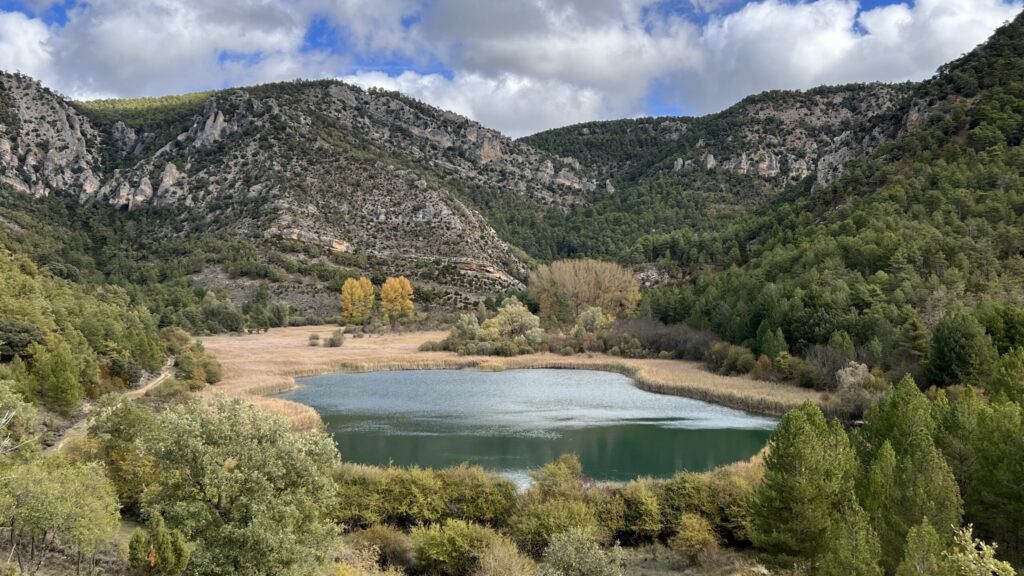
Nature for people
By attracting more visitors and enabling the development of a thriving nature-based economy, rewilding at scale can encourage and enable people to return and revitalise the area.
“The low population density in the Iberian Highlands means that every action we carry out can potentially create a significant benefit,” says Pablo Schapira.
The case of Pablo Villa, Rewilding Spain’s herd manager, exemplifies this kind of positive impact. In May, a herd of 10 Przewalski’s horses arrived in the rewilding landscape in Spain, and are now in Pablo’s care. This has enabled him – and soon his family – to return to the village where he was born, with knock-on socio-economic benefits for the area.
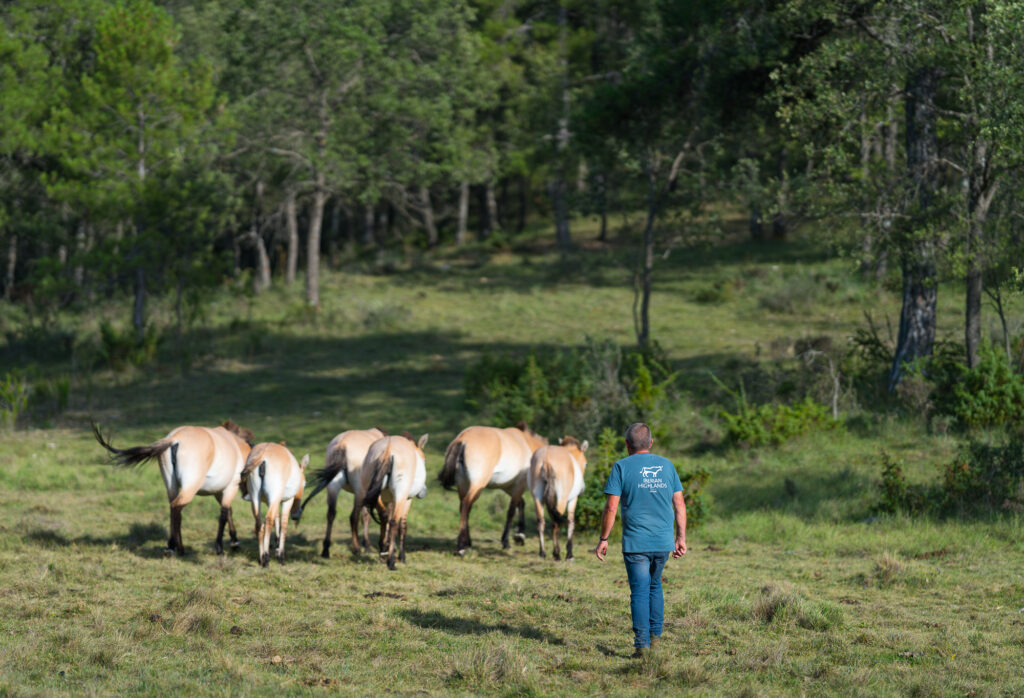
Enterprise support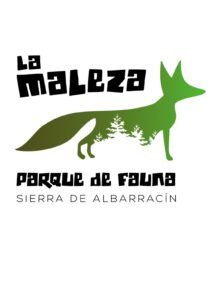
Rewilding Europe Capital is also playing a role in the socio-economic revitalisation of the Iberian Highlands. As a specialist financing division of Rewilding Europe, it provides commercial loans to small businesses that are part of Rewilding Europe’s European Rewilding Network – or located around rewilding landscapes – to expand or launch their activities. In 2023, La Maleza Wildlife Park – which is located in located inside the Iberian Highlands rewilding landscape in Tramacastilla – became the first Spanish nature-based company to receive financial support from Rewilding Europe Capital.
The loan allowed the park to launch “Safari Rewilding La Maleza”. These new seasonal guided tours take visitors through the Sierra de Albarracín to see the herd of Tauros (a back-bred wild bovine) that are now living in this area as part of the Iberian Highlands rewilding initiative, as well as a range of other wildlife.
“The launch of the safaris has helped to raise the profile of the area, which means more tourists are visiting and bringing in much-needed revenue,” says Park director Saul Pérez. “We also hire local people on seasonal contracts to help with the safaris and glamping, and will do this again next year. Through their visits to the park, people learn about rewilding and the important ecological role that the Tauros are playing in the Iberian Highlands.”
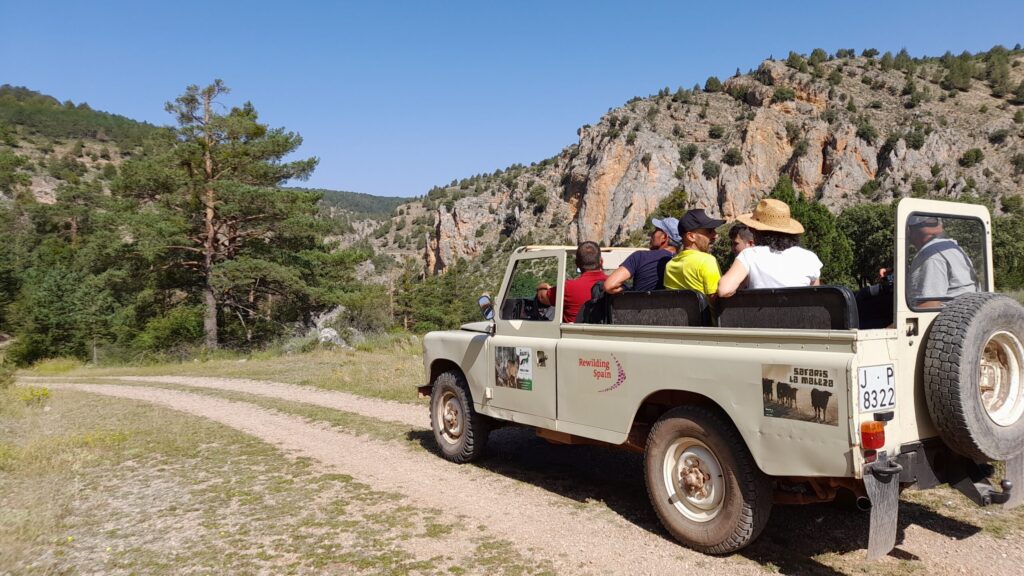
Recovering natural assets
If rewilding is to revitalise the socio-economic fortunes of the Iberian Highlands, it will need to do so based on thriving wildlife populations and healthy, resilient natural ecosystems.
“Once upon a time, larger grazers and browsers shaped Europe’s natural heritage, supporting complex food webs that also included predators and scavengers,” explains Pablo Schapira. “This is the vision we are working towards in the Iberian Highlands.”
With support from the Endangered Landscapes & Seascapes Programme, Cartier for Nature, and the Arcadia Fund, Rewilding Spain is stepping up natural grazing across the Iberian Highlands. In collaboration with local partners, herds of Tauros, Serrano horses and Przewalski’s horses have been reintroduced. The growing presence of large grazers in the Iberian Highlands will benefit scavenging species such as vultures, and create enabling conditions for the comeback of carnivores such as the Iberian wolf. Rewilding Spain is already working with partners to return cinereous (black) vultures to the landscape, and will also carry out a pilot release of Iberian lynx, with a view to scaling up the reintroduction to establish a permanent population.
“I’m incredibly passionate about using nature recovery as a driver for socio-economic development,” says Pablo Schapira. “Five years from now I would love to see a landscape that has integrated large wild and semi-wild grazers, with all the benefits this will bring. We want to deliver quickly for local communities and act as a role model for the scaling up of rewilding across Spain.”
Much of this blog was taken from a story in Rewilding Europe’s Annual Review 2022. Read the full story here.
